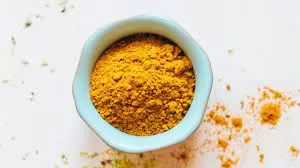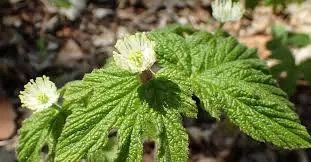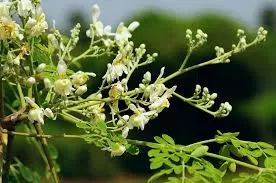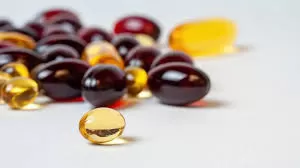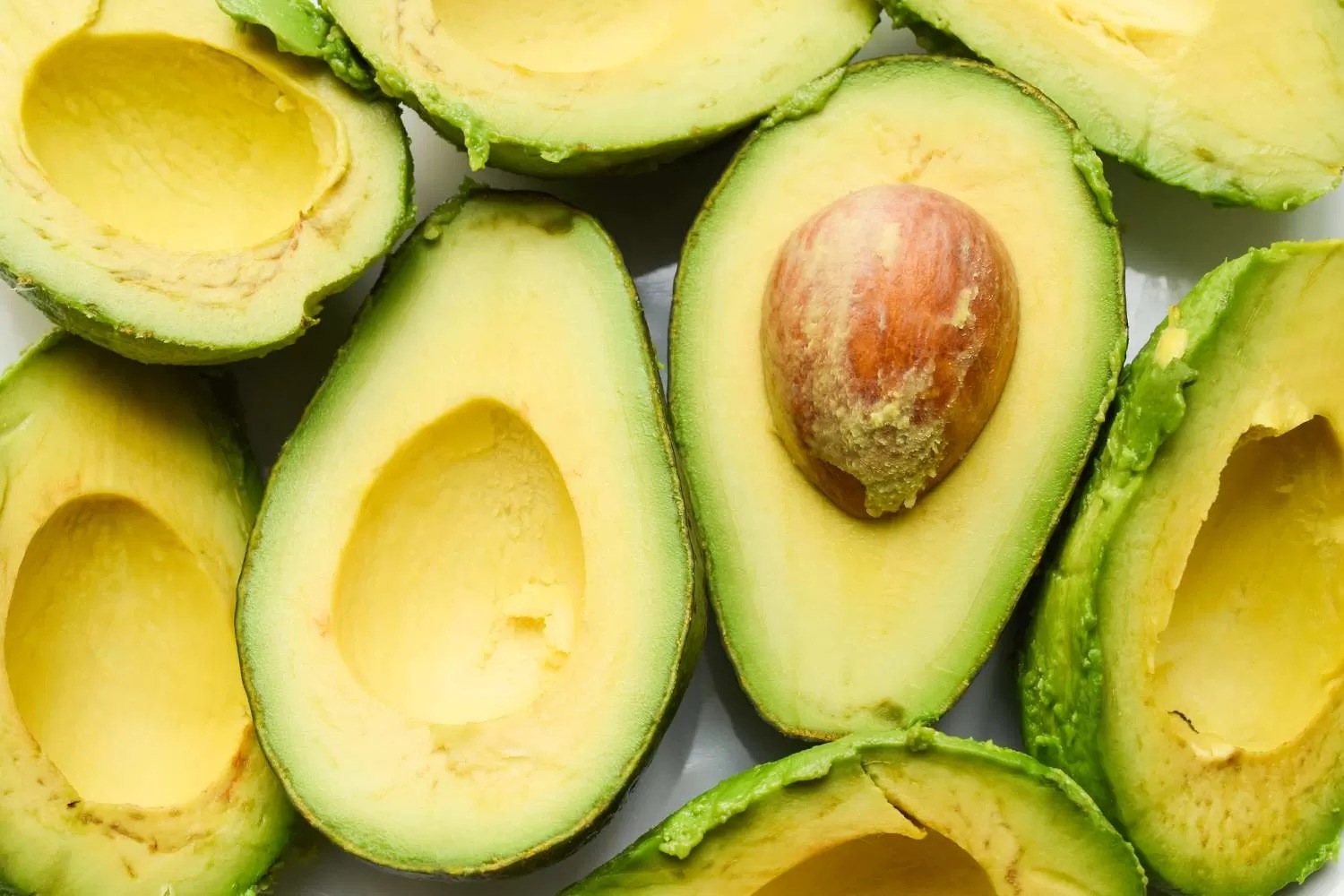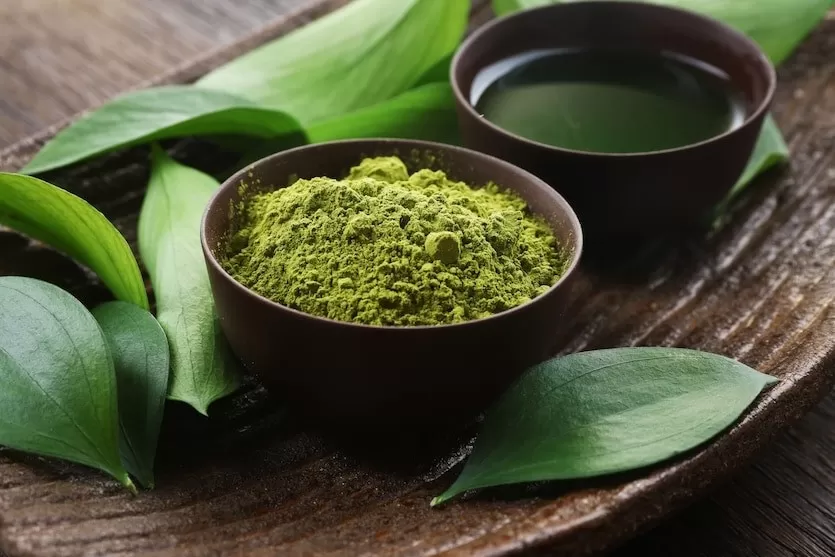- 0086-571-85302990
- sales@greenskybio.com
Kojic Acid: What to Know About this Skin-Brighening Ingredient
2025-06-16
Kojic acid is an organic compound that comes from certain types of fungi. It is widely used in skin care products such as soaps, powders, serums, and creams, primarily to help address hyperpigmentation and sun damage.
Benefits of Kojic Acid
1. Treats Hyperpigmentation
Kojic acid is best known for its skin-lightening effects. The Cosmetic Ingredient Review (CIR) has approved kojic acid for use in skin-lightening products at concentrations no higher than 1%. Studies show that kojic acid can help reduce hyperpigmentation by inhibiting the production of excess melanin. It achieves this by blocking the enzyme tyrosinase, which is needed to make melanin. More research is still needed for other potential uses.
2. May Help With Acne
Kojic acid also has antifungal and antimicrobial properties. Laboratory studies have found it can destroy common types of bacteria that cause acne, suggesting it could help treat acne and diminish the appearance of acne scars.
3. Offers Antioxidant Protection
Research indicates that the antioxidant properties of kojic acid can help reduce free radical damage and influence melanin production. This may help in treating and preventing hyperpigmentation and sun damage, as well as reducing signs of aging.
4. Supports Collagen Production
Kojic acid may also indirectly help increase collagen levels in the skin, which is essential for maintaining healthy, youthful-looking skin.
How Long It Takes to Work
The time needed for kojic acid to lighten skin varies, but studies indicate that it can take anywhere from four to twelve weeks, or longer, to see visible results.
Precautions and Safety
Before starting a regimen with kojic acid, consider the following precautions:
- Consult a healthcare professional, especially if you have sensitive skin, as side effects are more likely.
- Stick to products containing 1% kojic acid or less. Some research suggests up to 2% may also be safe, but higher concentrations should be used with caution.
- Monitor your skin for reactions. Some people, especially those with sensitive skin, can develop contact dermatitis, leading to redness, itching, or a rash.
- Limit sun exposure, as kojic acid may make your skin more sensitive to sunlight, raising your risk of sunburn.
- Always perform a patch test before using kojic acid for the first time.
- Do not apply kojic acid to broken or injured skin to avoid irritation.
Where It Comes From
Kojic acid is a by-product of the fermentation of several fungi species, including Aspergillus flavus, Aspergillus oryzae, and Aspergillus parasiticus.
How Kojic Acid Works
Kojic acid works by binding to copper, reducing its activity and blocking the enzyme tyrosinase, which is required for melanin production. It may also lower skin inflammation and help fight free radicals, though more studies are needed to confirm these effects.
Using Kojic Acid
Kojic acid can be found in soaps, serums, powders, and creams, and is always used topically. Kojic acid powder can also be added to masks, creams, and lotions. Products are widely available online, in stores, and in beauty shops. When starting out, use small amounts and gradually increase to see how your skin reacts. Experts recommend pairing kojic acid with moisturizer and sunscreen because it can make your skin more sun-sensitive.
When to See a Dermatologist
Consult a dermatologist before using kojic acid if you have sensitive skin or any skin condition. Dermatologists can advise you on proper use, the right concentration, and what to do if you experience side effects. Some products with higher concentrations of kojic acid may also require a prescription.
In summary, kojic acid is a powerful ingredient for fading dark spots and brightening the skin, but it’s important to use it safely and consult a professional if you have concerns or experience side effects.
-
Goldenseal: A Historic Herbal Remedy at Risk
2025-06-16






